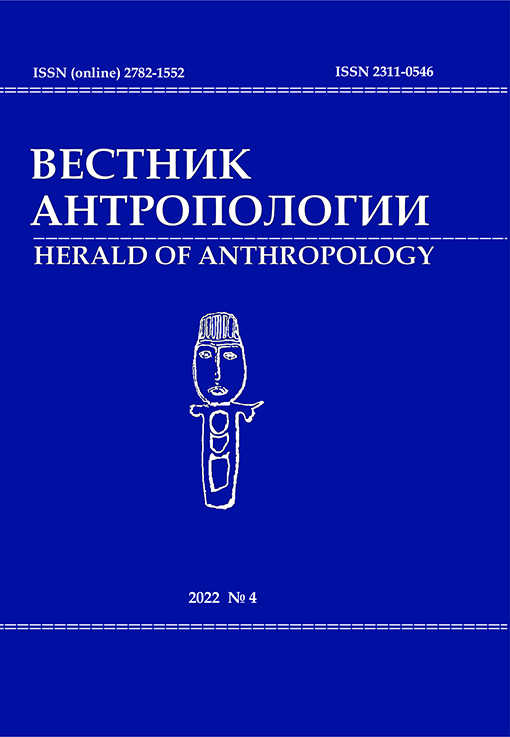Spatial Relationships Between Female Hamadryas Baboons of Different One-Male Units
DOI: 10.33876/2311-0546/2022-4/326-337
Keywords:
primatology, anthropology, distance, quality of relationships in females, hamadryas baboonsAbstract
Spatial information is of great importance for solving a number of behavioral issues. This line of research involves a broader understanding of the social organization and behavior of animals in a group. Although a number of sреcial works are devoted to this issue, the nature of spatial relationships in female hamadryas baboons is unsatisfactorily covered in the scientific literature, which undoubtedly calls for studying this issue. The purpose of this paper is to analyze spatial relationships in female hamadryas baboons belonging to different harems, and the correlation between the spatial position of females and the quality of relationships between them. In total, 253 pairs of female hamadryas baboons belonging to different harems were analyzed. Study of the spatial relationships of adult females of hamadryas baboons showed that neither the size of a one-male unit, nor the age of the females, the kinship, or their rank influenced the tendency of harem females to maintain a distance of 6 to 10 meters with other females of the group. It was established that the spatial relationships between the females of the group can help to assess the affiliative relationships and serve as the predictors of their social interactions, and influence the cohesion and integrity of the group as a whole. We believe that the new data obtained on the spatial structure of these animals can shed light on the role of female behavior in the social organization of hamadryas baboons, as well as on understanding the evolutionary history of the hominin lineage.





















